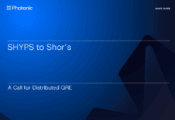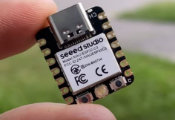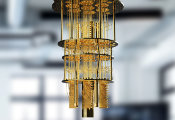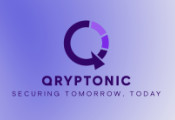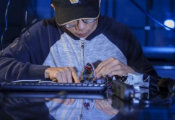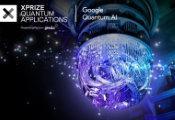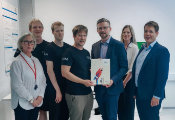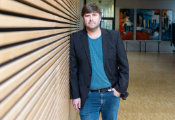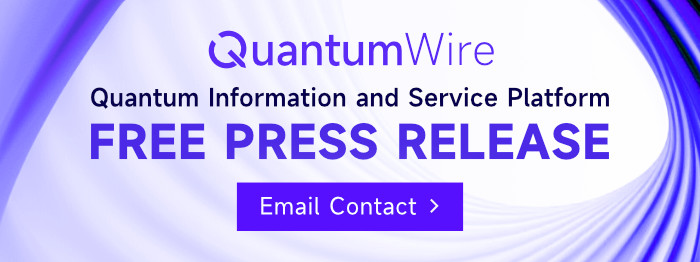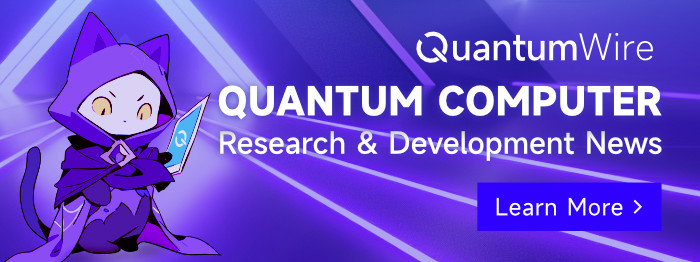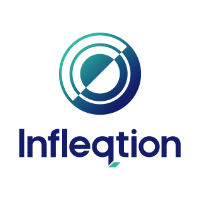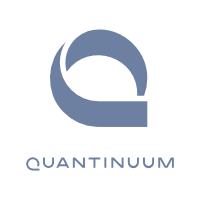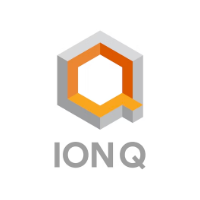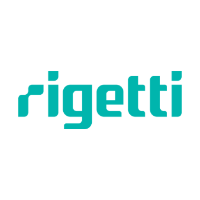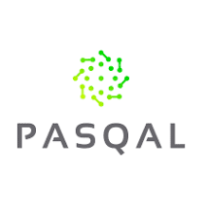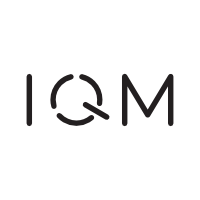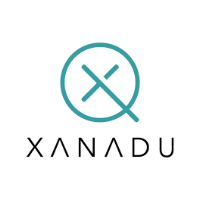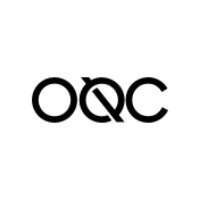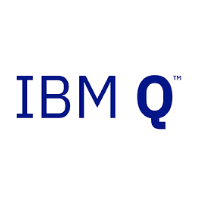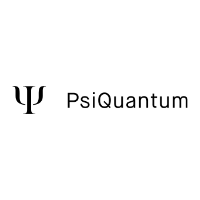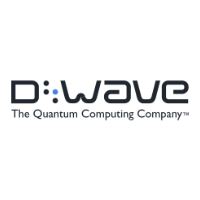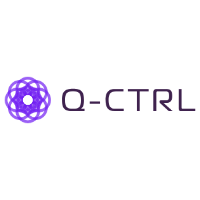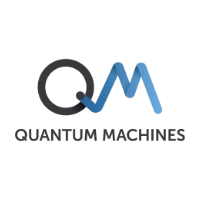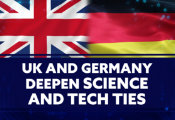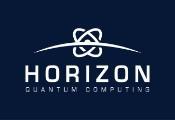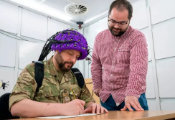Demonstration of Quantum Secure Communications in a Reactor Using Quantum Key Distribution
June 03 2025 -- Purdue University School of Nuclear Engineering, in collaboration with the Department of Energy’s Oak Ridge National Laboratory (ORNL) and Toshiba, has successfully completed the demonstration of quantum secure communications in a nuclear reactor, Purdue University Reactor Number One (PUR-1), utilizing Toshiba’s Long Distance Quantum Key Distribution (QKD) technology. This experiment marks a significant advancement in the integration of quantum security into nuclear energy systems.
“The ability to maintain secure communications in reactor systems is critical to ensuring their resilience and safety,” said Stylianos Chatzidakis, PhD, assistant professor at Purdue’s School of Nuclear Engineering. “Reactors, especially microreactors deployed in remote regions, would rely on continuous data exchange for monitoring, control, and safety operations. Cybersecurity breaches in such systems could compromise sensitive information or even operational integrity, posing risks to public safety and energy security.”
This three-year project, funded through DOE’s Nuclear Energy University Program, demonstrates how quantum communication technologies can be applied to secure the data streams of future advanced reactors, e.g., microreactors, particularly those located in remote or isolated areas. Microreactors are increasingly seen as a solution for providing reliable, abundant energy in remote and isolated locations, where traditional energy infrastructure may be infeasible or unreliable. These small reactors are designed to be transportable and capable of operating autonomously, making them ideal for powering off-grid communities, military outposts, research facilities, and remote industrial sites. The findings from this initiative offer insights into enhancing cybersecurity for these next-generation nuclear energy systems.
Purdue’s reactor, known as PUR-1, is the first in the United States to be fully operated and controlled using digital technology—utilizing computer screens, keyboards, and ethernet connections instead of the traditional dials, knobs, and analog systems that have been standard in U.S. reactors since the 1960s. While some countries already employ digital control systems in their reactors, PUR-1 remains the only fully digital reactor licensed by the U.S. Nuclear Regulatory Commission. Being entirely digital means that its instrumentation and control system—the reactor’s “nervous system”—relies exclusively on digital technology.
“PUR-1 is uniquely positioned to address challenges like this one as the first fully digital nuclear reactor in the United States,” said Phil Evans, senior R&D staff at Oak Ridge National Laboratory’s Quantum Communications & Networking group “Equipped with state-of-the-art digital instrumentation and control systems and a digital twin, PUR-1 serves as a versatile research and education platform for exploring cutting-edge technologies in reactor operations and cybersecurity.”
QKD secured communication, already in use by the banking industry and under consideration for electric grid and defense applications, can ensure protection against traditionally untraceable external attempts to expose critical information. Classical encryption systems depend on the computational difficulty of mathematical functions and are potentially vulnerable both to classical algorithmic advances and to the advent of quantum computers. In response, QKD exploits the fact that a measurement disturbs the state of a quantum mechanical system and that a random unknown quantum state cannot be cloned. This indeterminacy is unique to quantum mechanics and can be used to reveal if someone “eavesdropped” during the encryption process and if so, how much information was gained by the eavesdropper.
“The fully digital architecture of PUR-1 makes it an ideal testbed for integrating and evaluating quantum technologies in realistic nuclear environments,” said Terry Cronin, vice president of marketing at Toshiba International Corporation “This capability ensures that innovative solutions can be experimentally validated before being scaled to larger or remote reactor systems. By integrating quantum key distribution, this demonstration addresses these concerns with a level of security that is immune to interception or decryption by current or future computational technologies.”
The demonstration, which leveraged Toshiba’s Long Distance QKD technology, ensures secure data transmissions from the reactor. QKD uses the principles of quantum mechanics to generate encryption keys that are immune to interception, providing unparalleled security for sensitive communication networks. Unlike conventional encryption methods, which rely on the computational difficulty of mathematical problems, QKD leverages the principles of quantum mechanics to ensure absolute security. In QKD, encryption keys are transmitted as quantum bits (qubits) using photons. Any attempt to intercept the keys disturbs the quantum state of the photons, alerting the communicating parties to the eavesdropping attempt. This method is uniquely resistant to the threats posed by quantum computers, which are expected to break traditional asymmetric encryption algorithms such as RSA and ECC. By adopting QKD, critical infrastructure like nuclear reactors can remain secure even in a post-quantum computing era.

